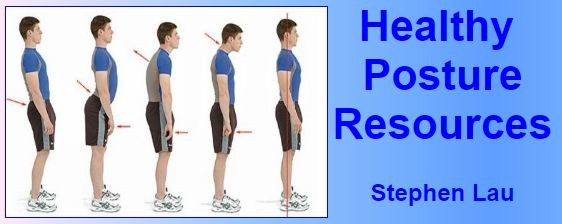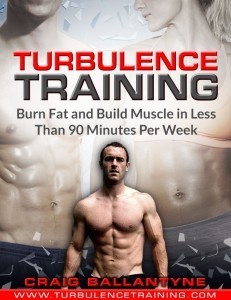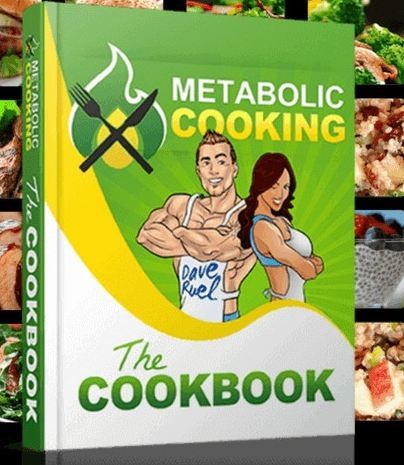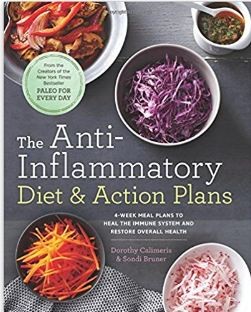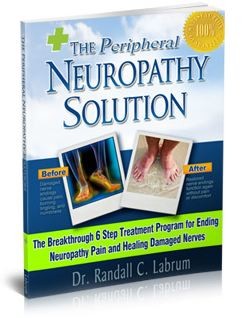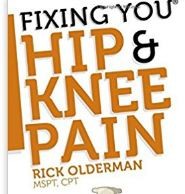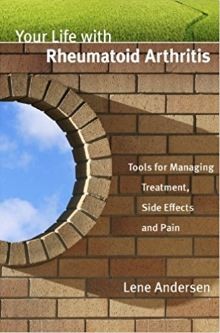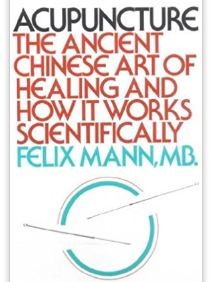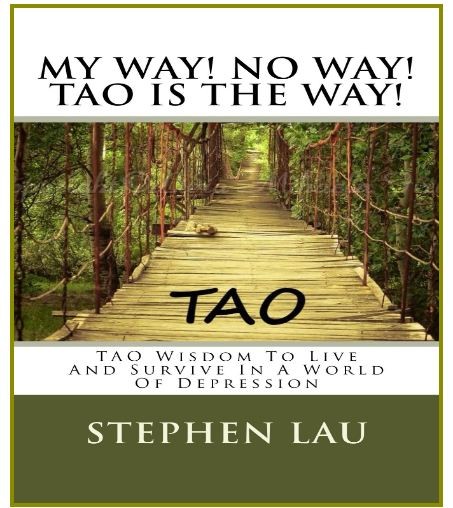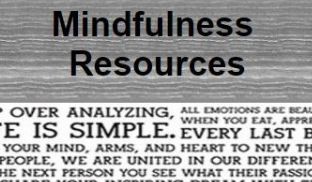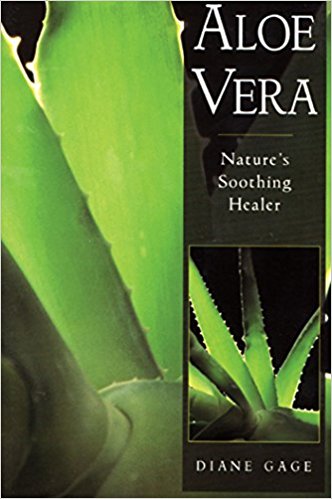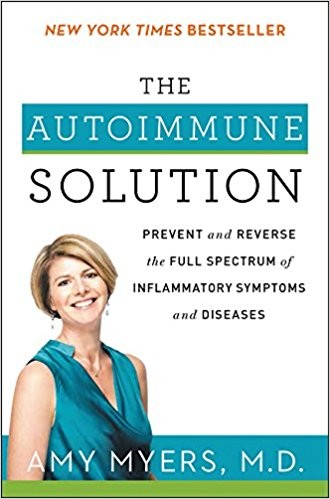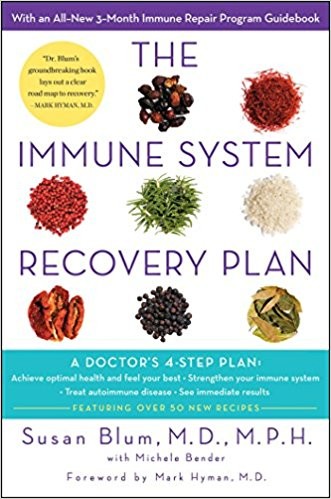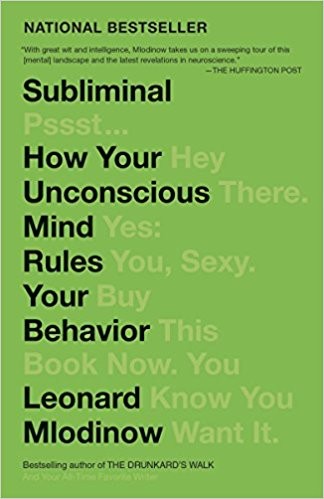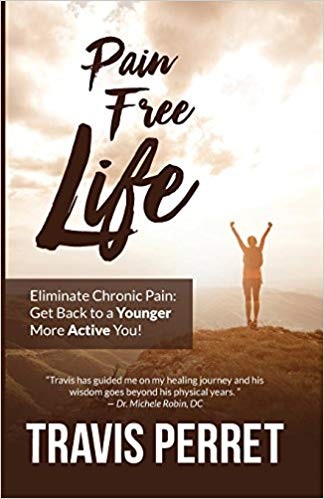
Pain Relief
Resources
Stephen Lau
Resources
Stephen Lau
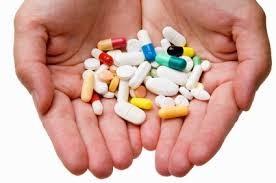
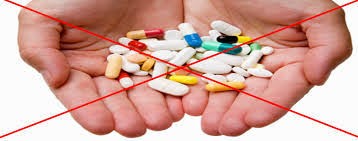

Life is never pain-free. But pain not only ages, but also harms and debilitates the physical body, the mind, and even the soul. Worst, it may become chronic and recurrent, forming a vicious pain cycle.
Physical Pain
The main sources of physical pain are injury or damage to a body part, such as bones, ligaments, muscles, and skin, or to an internal organ, such as a disease or disorder.
To avoid most physical pain, improve posture (standing, sitting, sleeping); to eliminate disease, eat healthy and exercise.
A complete cure of pain is probably unlikely, but comfort is critical to an individual experiencing acute or chronic pain.
The mind
Pain begins with the nerves. When pain occurs, it will send pain signals to the brain through the spinal cord and the entire expanse of nerves outside the spinal cord. The brain interprets the signals, and sends out the perceptions of pain. The pain-tolerance level depends on the mind, rather than on the threshold of pain; that is to say, it is all in the mind -- your mind. You can use subliminal messages to manage and monitor your physical pain through your subconscious mind.
Physical Pain
The main sources of physical pain are injury or damage to a body part, such as bones, ligaments, muscles, and skin, or to an internal organ, such as a disease or disorder.
To avoid most physical pain, improve posture (standing, sitting, sleeping); to eliminate disease, eat healthy and exercise.
A complete cure of pain is probably unlikely, but comfort is critical to an individual experiencing acute or chronic pain.
The mind
Pain begins with the nerves. When pain occurs, it will send pain signals to the brain through the spinal cord and the entire expanse of nerves outside the spinal cord. The brain interprets the signals, and sends out the perceptions of pain. The pain-tolerance level depends on the mind, rather than on the threshold of pain; that is to say, it is all in the mind -- your mind. You can use subliminal messages to manage and monitor your physical pain through your subconscious mind.
Eat healthy with 250 fat-burning recipes to enhance metabolism to lose weight.
Exercise in less than 90 mins per week to build muscles and lose body fat fast.
The body
Arthritis pain is no more than the inflammation of joint. However, arthritis pain appears in many different forms (more than one hundred types), and strikes millions of Americans. The actual causes of arthritis pain are relatively unknown, but it seems that as you age you become more susceptible to arthritis pain.
Pain is often connected with diet, given that it is related to disease, which may be a result of a poor diet. You reap what you sow, and you become what you eat. Focus on anti-inflammatory diet. Using diet is the most effective way in dealing with pain, not only by preventing the occurrence of pain but also by combating the pain itself. For example, hot chili peppers contain a chemical called capsaicin, which is effective in blocking your nerves from transmitting pain messages to your brain. Capsaicin is one of the most important active ingredients in ointments used for arthritis, shingles, and post-mastectomy pain. Aloe and turmeric are also effective in combating pain.
According to the Arthritis Foundation, most treatment programs involve arthritis medication, rest, exercise, and therapeutic means of avoiding joint pain.
Arthritis pain is no more than the inflammation of joint. However, arthritis pain appears in many different forms (more than one hundred types), and strikes millions of Americans. The actual causes of arthritis pain are relatively unknown, but it seems that as you age you become more susceptible to arthritis pain.
Pain is often connected with diet, given that it is related to disease, which may be a result of a poor diet. You reap what you sow, and you become what you eat. Focus on anti-inflammatory diet. Using diet is the most effective way in dealing with pain, not only by preventing the occurrence of pain but also by combating the pain itself. For example, hot chili peppers contain a chemical called capsaicin, which is effective in blocking your nerves from transmitting pain messages to your brain. Capsaicin is one of the most important active ingredients in ointments used for arthritis, shingles, and post-mastectomy pain. Aloe and turmeric are also effective in combating pain.
According to the Arthritis Foundation, most treatment programs involve arthritis medication, rest, exercise, and therapeutic means of avoiding joint pain.
Get rid of all diabetic nerve pain naturally.
Acupuncture is another way to deal with pain.
For thousands of years, acupuncture has been used by the Chinese to decrease pain by increasing the release of endorphins. Many acu-points are located near nerves. When stimulated, these nerves cause a dull ache or feeling of fullness in the muscle. The stimulated muscle then sends a message to the central nervous system (the brain and spinal cord), causing the release of endorphins. The theory is based on the belief that there is "qi" (vital life energy) coursing through your body, and that diseases are caused by lack of balance between the positive and negative energies in an individual. Acupuncture not only generates its analgesic effects through sensory stimulation, but also removes the problem that causes the pain.
Emotional Pain
Emotional pain is perhaps one of the most difficult ones to deal with. We all experience some form of trauma at some point in our lives, but the perception of these traumatic experiences may vary significantly with different individuals. That explains the fact that depression is no respecter of persons, but that the intensity of depression varies depending on different individuals -- or, more specifically, on how an individual perceives and reacts to his or her life experiences.
Medications may temporarily suppress the symptoms of depression or the emotional pain associated with it. The only antidote to depression is not avoiding it with medications or distractions, but experiencing it with totally different perspectives. TAO wisdom may show you the way through depression.
Stephen Lau
Copyrightę by Stephen Lau
For thousands of years, acupuncture has been used by the Chinese to decrease pain by increasing the release of endorphins. Many acu-points are located near nerves. When stimulated, these nerves cause a dull ache or feeling of fullness in the muscle. The stimulated muscle then sends a message to the central nervous system (the brain and spinal cord), causing the release of endorphins. The theory is based on the belief that there is "qi" (vital life energy) coursing through your body, and that diseases are caused by lack of balance between the positive and negative energies in an individual. Acupuncture not only generates its analgesic effects through sensory stimulation, but also removes the problem that causes the pain.
Emotional Pain
Emotional pain is perhaps one of the most difficult ones to deal with. We all experience some form of trauma at some point in our lives, but the perception of these traumatic experiences may vary significantly with different individuals. That explains the fact that depression is no respecter of persons, but that the intensity of depression varies depending on different individuals -- or, more specifically, on how an individual perceives and reacts to his or her life experiences.
Medications may temporarily suppress the symptoms of depression or the emotional pain associated with it. The only antidote to depression is not avoiding it with medications or distractions, but experiencing it with totally different perspectives. TAO wisdom may show you the way through depression.
Stephen Lau
Copyrightę by Stephen Lau
